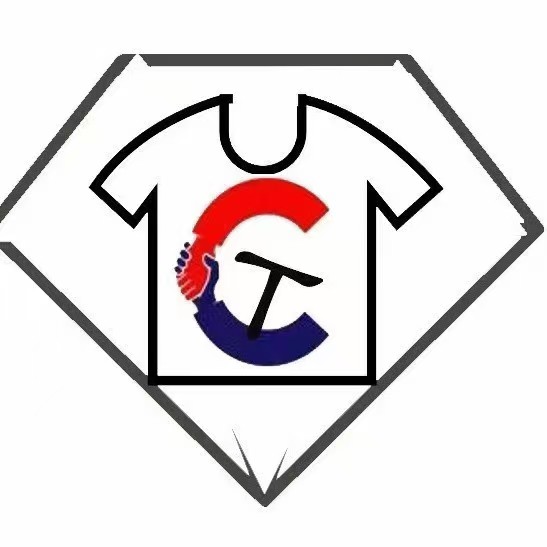Singapore’s garment factory sector has undergone a remarkable evolution over the years, transitioning from traditional manufacturing methods to embracing high-tech innovations. This transformation has not only boosted productivity and efficiency but has also positioned Singapore as a leading player in the global textile and apparel industry.
In the early days, Singapore’s garment industry was predominantly focused on producing basic clothing items such as t-shirts, pants, and dresses using manual labor and simple machinery. The sector was labor-intensive, with many factories relying on a large workforce to meet production demands. While this approach was effective at the time, it was not sustainable in the long run due to rising labor costs and competition from lower-cost countries.
To stay competitive, Singapore’s garment factories began investing in automation and technology to streamline their production processes. This shift towards high-tech solutions allowed manufacturers to improve efficiency, reduce costs, and enhance product quality. Advanced machinery such as computerized sewing machines, laser cutters, and automated fabric handling systems became commonplace in factories, enabling them to increase their output while maintaining high standards of craftsmanship.
Additionally, the adoption of digital technologies such as data analytics, artificial intelligence, and cloud computing has revolutionized the way garment factories operate. These tools have enabled manufacturers to optimize their supply chain management, inventory control, and production planning, leading to faster turnaround times and better customer satisfaction.
One of the key drivers of Singapore’s garment factory sector’s transformation has been the government’s support for innovation and technology adoption. Initiatives such as the Industry Transformation Map for the textile and fashion industry have provided funding and resources for companies to upgrade their capabilities and stay ahead of the curve. The government has also encouraged collaboration between industry players, research institutions, and technology providers to drive innovation and create new opportunities for growth.
As a result of these efforts, Singapore’s garment factory sector has evolved into a hub for high-tech manufacturing, attracting global brands and investors looking for advanced production capabilities. The country’s reputation for quality, reliability, and innovation has positioned it as a preferred destination for companies seeking to leverage cutting-edge technology in their garment production processes.
Looking ahead, the future of Singapore’s garment factory sector looks promising as manufacturers continue to embrace digitalization, automation, and sustainability initiatives. By staying at the forefront of technological advancements and maintaining a focus on quality and efficiency, Singapore is well-positioned to thrive in the rapidly changing global textile and apparel market.
In conclusion, the evolution of Singapore’s garment factory sector from traditional to high-tech has been a testament to the industry’s resilience and adaptability. By embracing innovation and investing in advanced technologies, Singapore has transformed itself into a leading player in the global textile and apparel industry, setting a new standard for excellence in garment manufacturing.
